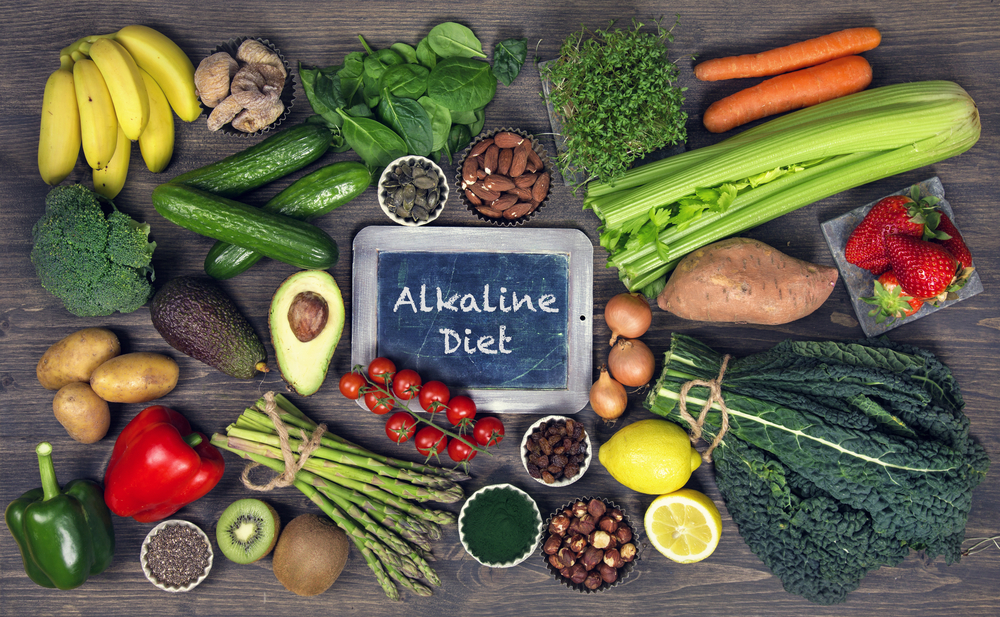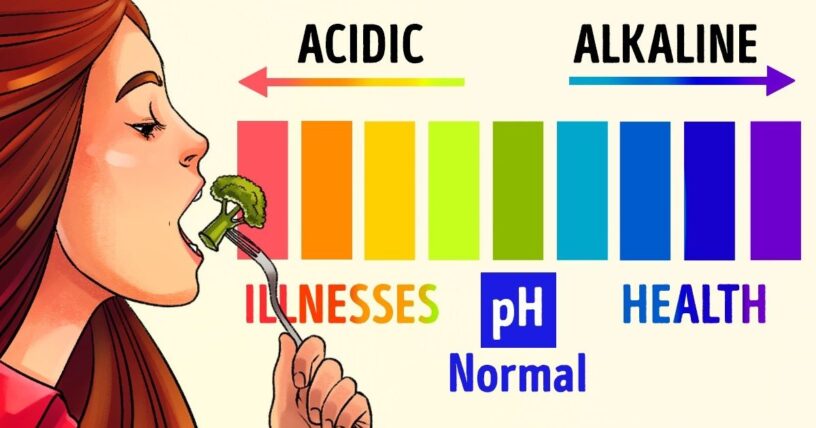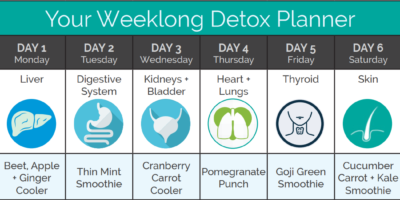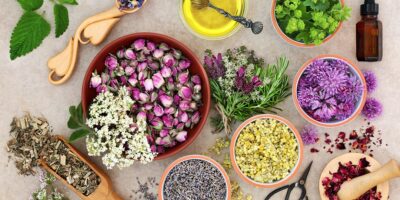DID YOU KNOW that most of us eat a diet that is really high in acidic foods? Meat, cheese, refined cereals, alcohol, and low-quality foods high in sugar and processed fats all create an internal acidic environment. Although the kidneys are capable of removing excess acid naturally, our modern diet could easily overload them. Many leading nutritionists believe this can result in a whole host of health problems, partly because the kidneys try to redress the acid balance by “robbing” us of important minerals, such as magnesium, calcium, and potassium, which are vital for acid excretion. With these minerals depleted, we find it harder to make hormones, enzymes, and neurotransmitters necessary for energy and for fighting infection and inflammation.


Some Signs Your Body May Be Overacidic
- Frequent colds or flu
- Low energy, chronic fatigue, poor sleep quality
- Aching muscles; back pain
- Joint pain, osteoarthritis, osteoporosis
- Bladder and kidney problems
- Acne, eczema, or psoriasis
- Lack of concentration, headaches
- Bloating and weight gain
- Mood swings, PMS
The good news is that you can easily create a more alkaline environment for your body by eating fewer acidic foods.
Adjusting Your PH Balance


Your body’s acid/alkaline balance is also known as its pH balance. pH is measured on a scale of 0-14, with 0 being highly acidic and 14 highly alkaline. Apart from our stomach acid, which needs to be high to break down the food we eat, the optimum pH in the rest of the body should be about 7.4. In general, a diet high in vegetables and fruit helps alkalize us, while a diet high in protein, particularly animal protein, refined cereals, sugars, and processed foods, increases our acidity. Clinical trials have proved that an alkaline body is healthier than an acidic body, and experts believe a good balance is 70-80 percent alkaline-forming foods to 20-30 percent acid-forming, but most of us have exactly the reverse balance.
Most people find that when they switch to a high alkaline diet, symptoms such as those listed opposite improve quickly. Juicing and blending are ideal ways to maximize the alkalizing effects of foods, because of the concentrated nutrition they provide and because the juicing/blending process breaks down food and helps nutrient absorption in our bodies. Juices and blends are also high in water, which has an almost perfect neutral pH of 7.
High Alkaline-Forming Foods:
Leafy greens, other greens, avocados, tomatoes, many fruits especially lemons, limes, melons, grapefruit, grapes, papaya, and kiwi, most spices, apple cider vinegar, soy, almonds. Supplements, such as wheatgrass, chia seeds, and chlorella, are highly alkaline.
High Acid-Forming Foods:
Animal proteins—including beef, lamb, pork, chicken, shellfish, duck, eggs, and dairy produce-refined cereals, caffeine, sugar, carbonated drinks, alcohol, and processed foods.
CHLOROPHYLL – What It Is And How Positively Affects Our Health


Chlorophyll is the dark-green pigment found in plants and algae. Abundant in leafy greens and herbs, wheatgrass, and in the algae supplement chlorella, chlorophyll is not only highly alkaline, but it is also rich in vitamins, minerals, plant compounds, and antioxidants. It may help to increase the quality and quantity of our red blood cells and, as a result, may increase the oxygen quantity of our red blood cells and, as a result, may increase our oxygen levels, improve energy, enhance well-being, and stimulate the immune system.
Chlorophyll is a clinically proven anti-inflammatory and can help protect us against diseases, such as rheumatoid arthritis, heart disease, and certain digestive disorders, including inflammatory bowel disease (IBS). In other words, increasing the amount of chlorophyll in your diet may be one of the best things you can do to keep your pH in balance and yourself feeling great.






Leave a Reply